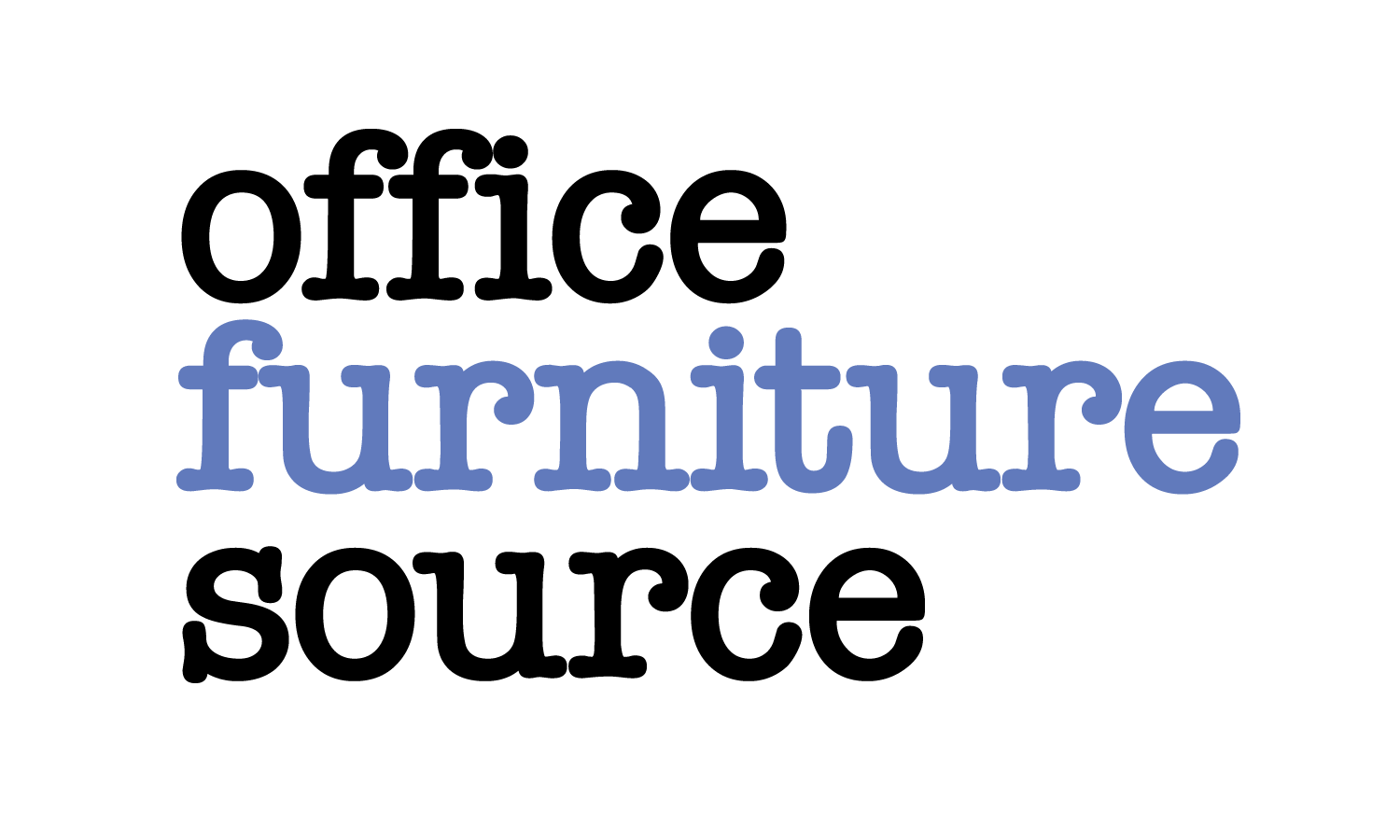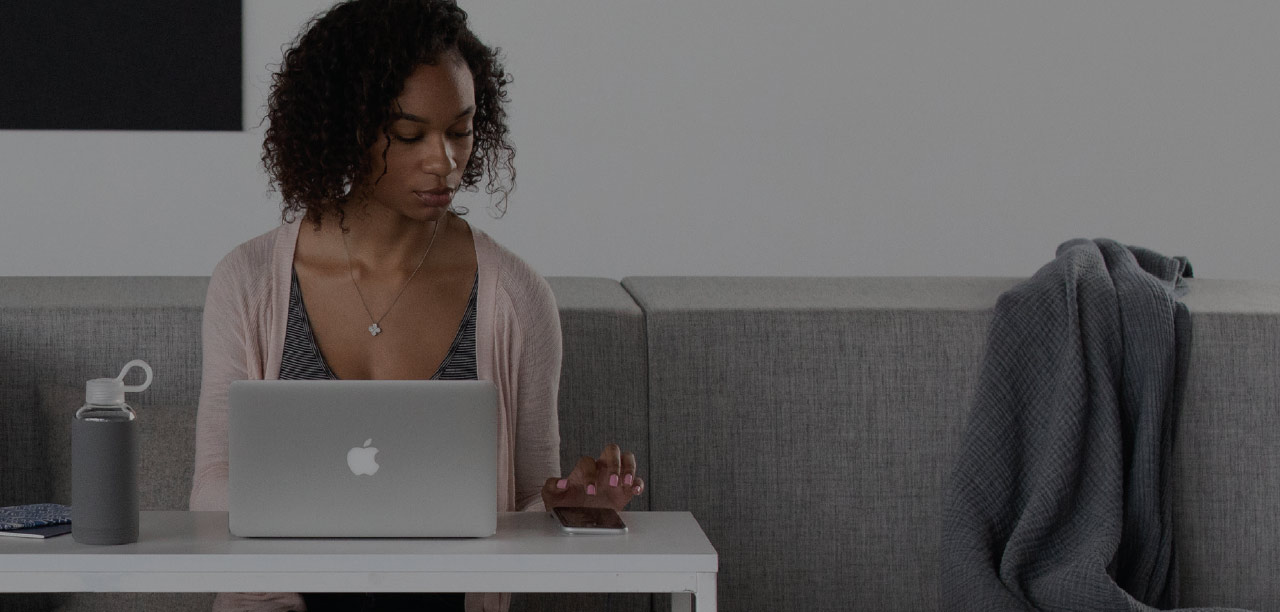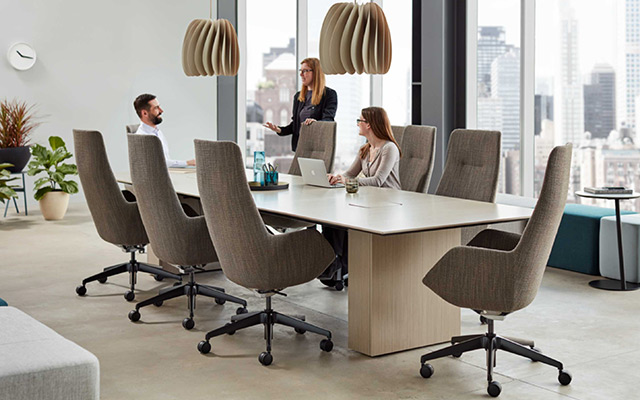Working from Home
Making it Work for Managers & Their Teams
To call the atmosphere we’re all working in
‘chaotic’ feels a bit understated at this point. With an underlying concern about our own and our communities’ health, we’re also moving, literally overnight, into a place where working together is being discouraged and working from home is being considered the ‘new norm’. All this uncertainty and change can be really difficult to manage at get through successfully. So we hope these tips and best practices will help alleviate some of the stress and make it all a bit more manageable.
1. Adopting Mobility Best Practices
Maintaining a connection with your team when you start working from home is crucial for this new way of working to be successful. Consider these ideas for staying connected:
- Establish Communication Norms: Let your colleagues know the best way to connect with you (cell phone, email, IM, etc.) and the best time to reach you
- Keep Your Calendar Updated: Update your electronic calendar to ensure that others have accurate availability information.
- Update Your Availability Status on Skype/Lync: Think of your status on Lync like the door to an office. Leave the door open – your status is “Available” when you’re available or may be interrupted. Close the door – your status is “Unavailable” or “Do Not Disturb” when you need to be left alone. Update is as your availability changes.
- Respect your colleague’s status: When your colleagues’ status is “Unavailable”, reconsider communicating with them unless the issue is time sensitive.
2. Recreating Your Office at Home
Working from home may be your ‘new norm’ for a while, so consider these ideas for making that ‘home office’ work for you:
- Create your ‘home base’: You need a place to leave your ‘stuff’; a separate room is best; however if that isn’t possible, make a specific table or the end of the kitchen counter or the table on the porch your ‘home base’.
- Recreate your ‘it’s time to go to work’ schedule: Start and end your day at a consistent time; this helps reinforce separating ‘work’ from ‘home’. It will also help managing your time so you are not working 24/7.
- ‘Physically’ go to work: To further reinforce the separation between work and home’ ‘commute’ to work by walking around the back yard or to the end of the block. You’re ‘at work’ when you get back to your house.
- ‘Catch up’ at the coffee machine: Start your day with a quick ‘hello’ to one of your friends, only use text or a call instead of standing at the coffee machine.
- Take a break: get up, move around, get a fresh cup of coffee – you did it at work, you can do it at home.
3. Remote Working Tips & Tools
Communications Checklist:
- Create a regular cadence for team calls and updates
- Use your web cam – it’s an easy reminder you are talking to your peers
- Err on the side of over-communication and -clarification
- Structure team calls like a virtual ‘stand-up meeting’ – focused, fast, with clear next steps
- Encourage interactivity and participation by all virtual meeting attendees
- This is a new way of working – so ask for feedback and improvement ideas.
Virtual Meeting Etiquette
Desk phone / Cell phone / Headset /Computer Audio:
- Do mute your phone/headset when you are not speaking to eliminate unnecessary background noise.
- Do keep your cell phone away from the telephone/computer being used for the Audio conference to minimize interference during the meeting.
- Do place your cell phone in silent/vibrate mode when entering a face-to-face meeting to minimize disruption.
- Don’t put the conference call on hold if you are an attendee as the rest of the conference may be subjected to hold music.
- Don’t shuffle papers; type loudly, scrape chairs, pencil tap, hum or other distracting, noisy activities if your phone/headset cannot be muted.
Organization / Facilitation:
- Do be on time! If the meeting organizer is late, then how important can this meeting be?
- Do have someone facilitate the meeting while someone else takes notes so that you minimize audience distraction and keep the meeting moving forward.
- Do actively ask who has joined the call when the call starts; this avoids uncomfortable silence and makes sure the facilitator is identified
- Do ask each caller to introduce themselves, particularly if all parties do not know each other. It is a good relationship builder and gets the shyest of people to participate.
- Do ask for input by using a person’s name. People will pay more attention to avoid the embarrassment of needing the question repeated.
- Do allow ample time for attendees to respond to questions so that you are not missing out on feedback or suggestions.
- Do thank everyone for their time. The recognition will make them feel good about talking with you again.
- Don’t assume everyone recognizes your voice. You should say your name before you speak. This is particularly important to the person tasked with taking meeting notes.
- Don’t interrupt the speaker unless necessary.
- Don’t allow the topic to wander. Be polite but firm if people talk too long or talk over each other.
Workplace Advisory at Allsteel
The Workplace Advisory team listens. We apply research and our extensive workplace experience to assist organizations in the development and implementation of situationally appropriate workplace strategies. Strategies that align with organizational culture and business goals, support the ability to work effectively, utilize real estate assets as efficiently as possible, and adapt to changing business and work practice requirements.
Eric D. Johnson is a key member of the Workplace Advisory team at Allsteel. He effectively integrates the breadth of workplace considerations – design, talent, operations and technology – to creatively and optimally support changing work practices and an increasingly diverse workforce. Eric’s career has included corporate facilities, interior design, strategic workplace consulting, and workplace and mobility program design, implementation and management. He has also taught graduate level workplace change and strategy; and is a certified interior designer, and a member of CoreNet Global and IFMA.




